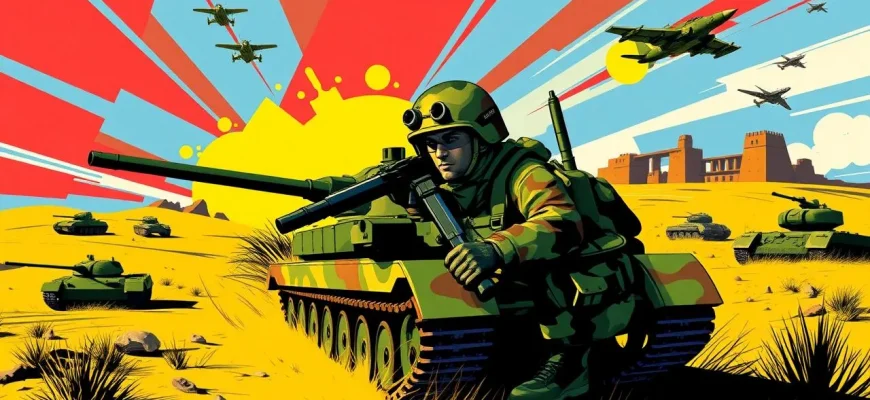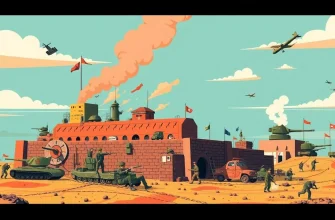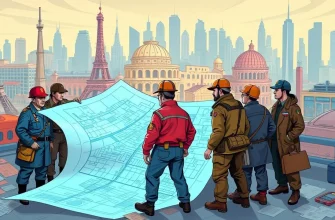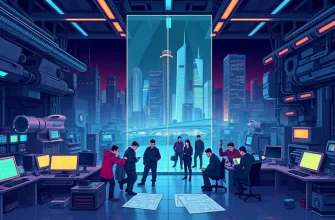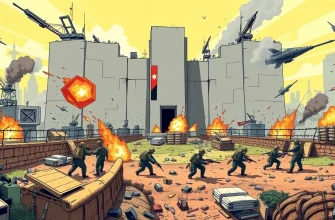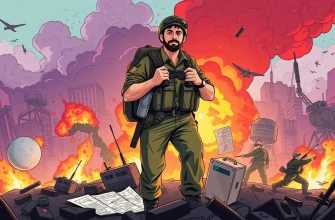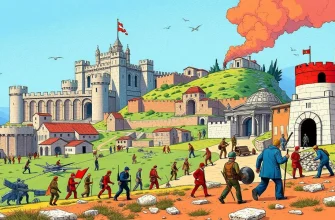The art of camouflage in warfare has been a critical element in military strategy for centuries. This curated list of films delves into the fascinating world of military deception, where the line between reality and illusion blurs. From historical accounts to fictional tales, these films highlight the ingenuity and creativity behind the concealment of military assets, offering viewers a unique perspective on the strategic use of disguise in combat situations. Whether you're a history enthusiast, a film buff, or simply intrigued by the cleverness of military tactics, this collection provides a compelling insight into the world of military camouflage.
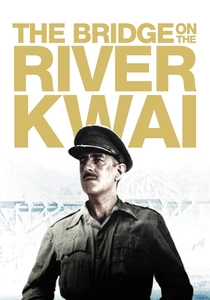
The Bridge on the River Kwai (1957)
Description: This film includes scenes where British POWs use camouflage to sabotage the bridge they are forced to build for the Japanese.
Fact: The film won seven Academy Awards, including Best Picture. The bridge was actually built for the film, but was later destroyed by a controlled explosion.
 Watch Now
Watch Now

The Guns of Navarone (1961)
Description: This adventure war film features a team of Allied commandos using various forms of camouflage and deception to destroy a seemingly impregnable German fortress.
Fact: The film was based on a novel by Alistair MacLean. It was one of the first films to use the Panavision 70 system for its widescreen format.
 Watch Now
Watch Now

The Longest Day (1962)
Description: This epic war film includes scenes where the Allies use camouflage to mislead the Germans about the location of the D-Day invasion.
Fact: The film features an ensemble cast including John Wayne, Henry Fonda, and Sean Connery. It was one of the first films to use actual D-Day footage.
 Watch Now
Watch Now

The Great Escape (1963)
Description: This classic film about a mass escape from a German POW camp features prisoners using various forms of disguise and camouflage to evade capture.
Fact: The film was based on a true story, but many characters were composites or entirely fictional. Steve McQueen performed many of his own stunts.
 Watch Now
Watch Now
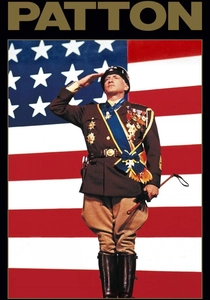
Patton (1970)
Description: While primarily about General Patton, the film includes scenes where the Allies use camouflage to deceive the Germans about their military movements.
Fact: George C. Scott won an Academy Award for Best Actor for his portrayal of Patton, but famously refused to accept it. The film also won Best Picture.
 Watch Now
Watch Now
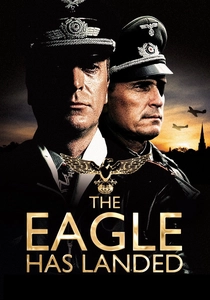
The Eagle Has Landed (1976)
Description: This film features a German commando team using various forms of disguise and camouflage to infiltrate England during WWII to kidnap Winston Churchill.
Fact: The film was shot in Ireland, standing in for England, due to the political situation at the time. Michael Caine, who played a German officer, was initially hesitant to take the role.
 Watch Now
Watch Now
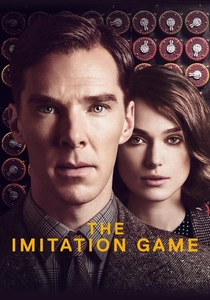
The Imitation Game (2014)
Description: While not directly about camouflage, this film features the story of Alan Turing and his team's efforts to crack the Enigma code, which involved hiding their true intentions and operations from the enemy, a form of intellectual camouflage.
Fact: Benedict Cumberbatch was nominated for an Academy Award for his portrayal of Alan Turing. The film was also nominated for Best Picture.
 Watch Now
Watch Now

The Monuments Men (2014)
Description: This film follows a group of art historians and museum curators who are tasked with protecting cultural treasures from the Nazis, often using camouflage to hide these objects.
Fact: The film is based on the true story of the Monuments, Fine Arts, and Archives program. George Clooney, who directed and starred in the film, also co-wrote the screenplay.
 Watch Now
Watch Now
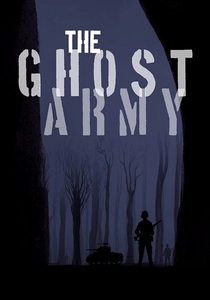
The Ghost Army (2013)
Description: A documentary about the 23rd Headquarters Special Troops, a World War II American unit that used inflatable tanks, sound effects, and other forms of deception to mislead the enemy.
Fact: The unit's existence was kept secret for over 50 years. The film includes interviews with surviving members of the Ghost Army.
 Watch Now
Watch Now
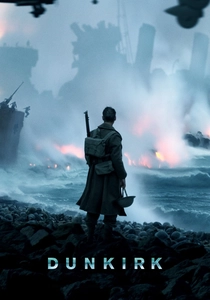
Dunkirk (2017)
Description: Christopher Nolan's film showcases the evacuation of Dunkirk, where the British forces employed various forms of camouflage to protect their retreat from German forces.
Fact: The film was shot on IMAX 65mm and 65mm large format film stock, providing an immersive experience. It also features minimal dialogue, focusing on visual storytelling.
 Watch Now
Watch Now

